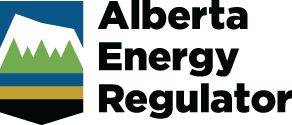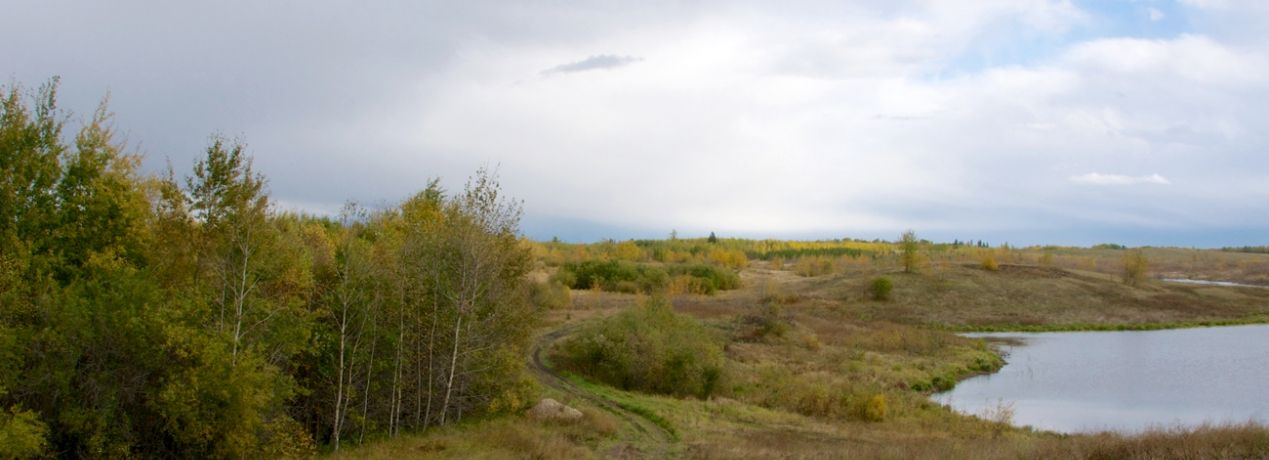The following contamination management tools and resources, listed in order of their application to the remediation process, should be used to
- identify and manage releases,
- assess contamination,
- manage the risks of contamination, and
- remediate releases and spills.
Many of these tools and resources have been developed by Alberta Environment and Parks (AEP).
Our Remediation page describes our expectations for companies to safely and responsibly manage and clean up contamination. If we find that a company isn’t following the rules, we’ll take the appropriate compliance or enforcement action.
Contaminated Sites Policy Framework
The Contaminated Sites Policy Framework provides an overview of the provincial legislation for remediation and contaminated site management in Alberta. It sets out the following principles of contaminant management:
- control the source of the contamination
- conduct an environmental site assessment
- assess risk
- manage contamination
- consider other factors in addition to risk
Environmental Site Assessment Standard
The Alberta Environmental Site Assessment Standard provides the minimum submission requirements for all site assessments and reporting at contaminated or potentially contaminated sites in Alberta. It can be used with other site assessment tools, such as the Conceptual Site Model Builder Tool (described below).
Alberta Tier 1 and Tier 2 Soil and Groundwater Remediation Guidelines
The Alberta Tier 1 Soil and Groundwater Remediation Guidelines contains general guidelines for remediating contamination on cultivated, residential, commercial, and industrial land. AEP’s Alberta Tier 2 Soil and Groundwater Remediation Guidelines describes how to modify the Tier 1 guidelines using site-specific information.
Native Prairie Protocol
The Native Prairie Protocol helps to identify well sites on native grasslands where leaving salt contamination in place will not result in adverse effects to the ecosystem, which is very sensitive to disturbance. Sites that meet the conditions specified in the protocol can receive a reclamation certificate even though salt concentrations may exceed Alberta Tier 1 guidelines. Learn more on Government of Alberta website.
Alberta Risk Management Plan Guide
The Alberta Risk Management Plan Guide outlines what a company must include in its risk management plan, which must be submitted when exposure control is being considered for managing contamination. Required components include a notification of affected third parties; a risk management plan commitment letter for the persons responsible; and a risk management plan completion checklist.
Alberta Exposure Control Guide
The Alberta Exposure Control Guide should be used to develop a plan to manage contamination and remove or mitigate an exposure pathway to a receptor. It can be used by companies when developing and assessing options for managing contamination through
- administrative or institutional controls (e.g., restricting groundwater use, restricting site access); and
- physical barriers (covering contaminated soil).
Record of Site Condition Form
The Record of Site Condition form should be used by companies to report releases and track major environmental parameters for an assessed site. The form and its declaration are required for all phase 2 environmental site assessments and for remediation and risk-management projects submitted to the AER.
Phase 2 Environmental Site Assessment Checklist
The Phase 2 Environmental Site Assessment Checklist is designed to ensure that companies, consultants, and report reviewers gather information about the nature, depth, and extent of the contamination. Anyone who follows this checklist is more likely to
- thoroughly assess sites,
- accurately delineate the substances, and
- develop accurate and comprehensive site assessment reports.
Remediation Action Plan Checklist
Our Remediation Action Plan Checklist outlines the minimum information that companies must include in a remediation action plan. If we find that information is missing, we might request additional information, or reject the plan and notify the company. While it is not required, we encourage companies to submit this checklist with all action plans. For more information about the checklist, please contact @email.
Subsoil Petroleum Hydrocarbon Guidelines for Remote Forested Sites in the Green Area
The Subsoil Petroleum Hydrocarbon Guidelines for Remote Forested Sites in the Green Area must be used at sites within the Green Area that
- will not be affected by human disturbance, and
- are being reclaimed to forested land use.
These guidelines specify when the ecological direct contact pathway for petroleum hydrocarbon fractions 1 to 4 may be eliminated (1.5 m for fine-grained soil; 3.0 m for coarse-grained soil).
Tier 2 Guidelines for Salinity: The Subsoil Salinity Tool
The Subsoil Salinity Tool is a software program for developing Alberta Tier 2 soil remediation guidelines for chloride-based salt contamination below the root zone, based on information provided by the user, including site location and soil and groundwater information. Soil within the root zone must be remediated to meet salinity guidelines in AEP’s Alberta Tier 1 Soil and Groundwater Remediation Guidelines.
Tool users who wish to develop Tier 2 guidelines for remediation or reclamation certification must successfully complete a three-day training course, including a comprehensive four-hour exam with an 80 per cent pass mark. For more information, see AEP’s Subsoil Salinity Guidelines Fact Sheet and our Subsoil Salinity Tool Assessment Checklist.
Conceptual Site Model Builder Tool
The Conceptual Site Model Builder Tool, developed by Health Canada, can be used to illustrate an incident at a site to show how and where a spill or release occurred, where it will migrate to, and what and who will be affected.
The tool can be requested by emailing Health Canada at @email.
Soil Monitoring Directive
The Soil Monitoring Directive sets out the requirements for monitoring and managing soil contamination. It describes how companies should
- identify substance releases before they cause significant contamination of soil;
- ensure that the source is controlled in timely manner to limit contamination being transferred from soil to air or water; and
- ensure that the contamination is assessed, managed, and reported in a timely manner.
Waste Management Documents and Directives
Drilling Waste
Directive 050: Drilling Waste Management sets out our requirements for treating and disposing of drilling waste. Drilling waste can include mud and cuttings generated when a well is drilled (including oil sands exploration wells) or when directional drilling is used during pipeline construction.
For more information, see the following documents:
- Assessing Drilling Waste Disposal Areas: Compliance Options for Reclamation Certification [PDF]
- Drill Stem Test Return Calculations for Compliance Option Two [XLS]
- Compliance Option 1: Drilling Waste Assessment Disposal Checklist [DOC]
Oilfield Waste
To clean up contamination, a company might have to excavate or remove the contaminated soil and pump contaminated groundwater so that it can be treated or disposed of. Contaminated material that is treated or disposed of from the ground is considered oilfield waste. It must be disposed of according to the directives listed on our Waste Management page.


